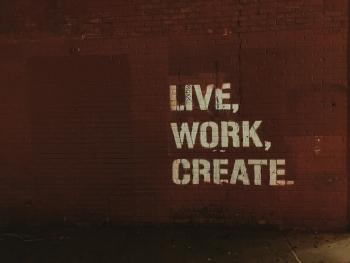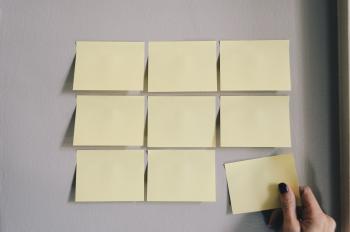Organizational theory looks at how to control, predict and explain the structure, culture and interactions of the organization as a complex whole. It looks to answer the question "what is the nature of organizations?
We know today that a variety of individual and environmental factors affect business outcomes. These factors run the gamete from the goals and values of individual leaders in an organization, the culture that influences workers, and the competitiveness and speed of change of the industry in which the organization operates. Because the nature of the organization is defined by this variety of factors, organizational theory often overlaps with the study of economics, organizational behaviour, and industrial and organizational psychology.
- Classical perspective: Classical theory about the nature of the organization centers on ideas of efficiency and profit-maximization as defining characteristics of any organization. Frederick W. Taylor's principles of scientific management, and Max Weber's bureaucratic theory fit well with classical organizational theory.
- Contingency theory: In Organization and Environment: Managing Differentiation and Integration (1967), Paul R. Lawrence and Jay W Lorsch questioned classical management theory by suggesting that there was no one best way to organize. They coined the term "contingency theory," which suggests that the optimal organization, leadership, or decision making styles depends upon various internal and external environmental factors.
- Neoclassical perspective: In A Behavioural Theory of the Firm (1963), Richard M. Cyert and James G. March presented a positive theory about the behaviour of individual businesses the contradicted accepted theory that firms were all profit-maximizing. Similarly, the Hawthorne studies proved that human-relations factors play an important role in defining the nature of the organization (and the productivity of the worker).
- Economic theories of organization: Organizational theory includes three economic theories of organization: (1) theory of the firm, (2) transaction cost economics and (3) agency theory.
Photo by Patrick Perkins on Unsplash
© BrainMass Inc. brainmass.com June 29, 2024, 6:22 am ad1c9bdddf


